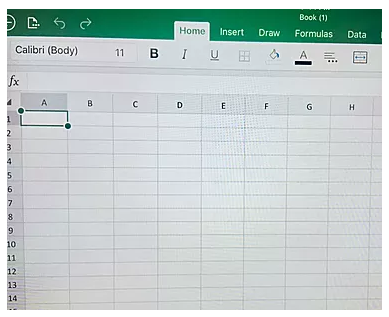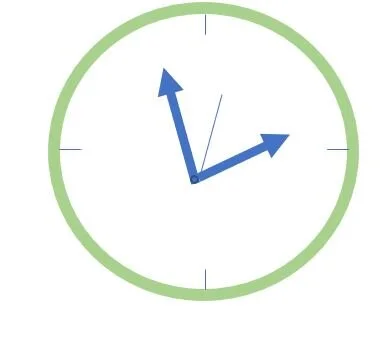Three things you need to know when querying your database
Dear Diary,
Happy New Year!
It is 2019.
Can we promise to utilize our CRM/database more this year? Let's agree that we are going to understand what is in our CRMs, and how we can pull the data we already have when querying.
But before we talk about retrieving information, allow me to take this moment to explain the importance of donor data and database hygiene because this pertains to what goes into our databases.
The use of queries includes, and is not limited to: prospecting; understanding touchpoints with donors; reviewing annual/campaign/appeal donations’ outcomes; and benchmarking or forecasting growth based on strategic fundraising.
But to understand your donor pool and the type of information you have in your CRM, you have to question the integrity of your data, its effects on prospect research and management, and overall successful fundraising. You also have to set guidelines on how data is entered, and make sure that the people who utilize the CRM on a consistent basis understand database hygiene, which is best explained as the cleanliness of your data. Examples of unclean data include and are not limited to: mismatched relationships, duplicate donor profiles, incorrect gender identities, incorrect professional and educational information, outdated addresses whereas the primary address is not indicated as primary, and outdated contact information.
So, as you begin your data journey this year and start querying, keep all of this in mind, because what comes out of your database, especially in the form of a query, is only as good or as useful as the information that goes into the database.
Now let us dive into what we should do and know when querying our database from Business Analyst, Melissa Newsome, at The University of North Carolina at Chapel Hill. As a Business Analyst at the University Melissa’s responsibilities include conducting ad-hoc queries and analysis, database and query education, producing informational and data-driven products, and educating staff on how to understand and utilize the database for their everyday needs.
1. Prior to creating your query, ask this important question about your query: How will the data be used once received?
The answer to this question will impact the type of data you pull, and what is included in the output. So, if you have a specific person who handles database management and queries, be mindful that your request and purpose is explained to them so the results align with how the data will be utilized.
For instance, if your purpose is to email event invitations to constituents, then your return field will consist of those who meet the criteria and have active email addresses (along with additional information such as capacity rating, city, state etc.).
2. Establish a criterion, and if possible, an expectation for the results. By doing this you can determine if the query has been created correctly and is pulling the intended constituents.
For instance, if the database has X records and only 75% are donors (deceased, inactive, active within the last year); And you want to reach out to past donors, then the final count should be less than the 75% because deceased and inactive should be excluded.
NOTE: the query creator should always test a sample of the data list to ensure those returned actually meet the criteria set in the query
3. Know how things are coded (education, special codes, committees, etc.) in your system to ensure the query is set up properly, and returns the right constituents.
Thank you, Melissa.
Please note that even if you work at a large organization such as a University or a small one-person Nonprofit, these are great tips that will help you as you extract information from your CRM.
I wish you all much success with your goals and efforts to support your organizations this year!
Happy querying everyone!
Until next time, February 15th!





